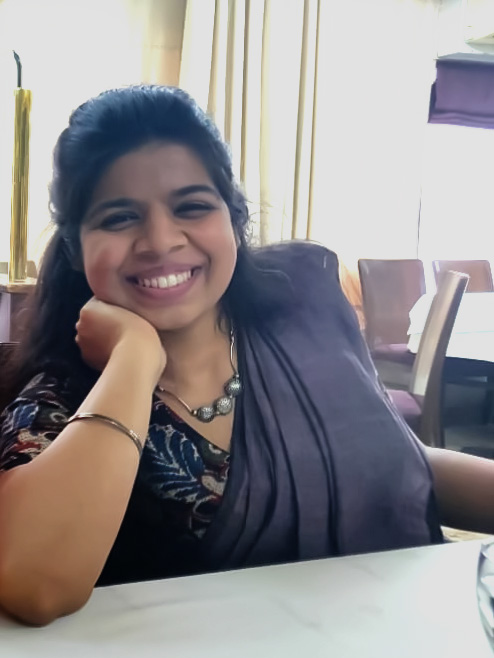About author
Subhash Arya, hailing from Kanpur, Uttar Pradesh, obtained his bachelor’s degree from CSJM University in his hometown. He then moved to New Delhi to pursue his Master’s degree at the School of Biotechnology, Jawaharlal Nehru University. This is where the exposure to an excellent research platform and inspiring faculty nudged him to pursue research as a career. Trying to understand the role of small GTPases in the regulatory mechanisms of endo-lysosomal trafficking, he earned his Ph.D. degree in 2018 under the able guidance of Dr. Amit Tuli at CSIR-IMTech, Chandigarh, India. Later, he moved to the USA, where he is currently working with the Carole Parent group at the University of Michigan, Ann Arbor, to understand the intricacies of neutrophil chemotaxis and other neutrophil functions.


